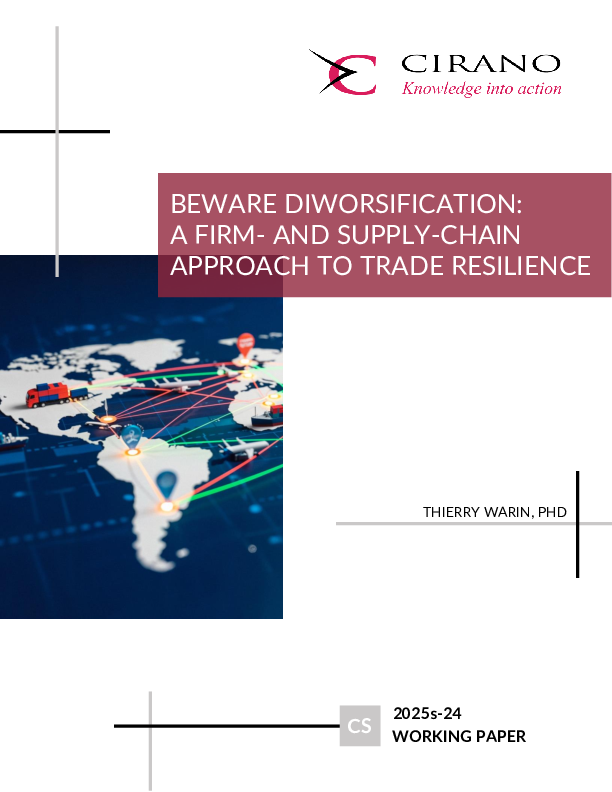The Impact of COVID-19 on Small Business Dynamics and Employment: Real-time Estimates With Homebase Data
The COVID-19 pandemic has led to an explosion of research using real-time establishment-level data. One key challenge when working with this data is how to take into account the effects of
business openings and closings. In this paper, we address this challenge by matching small business establishment records from Homebase with information on business activity from Google, Facebook, and Safegraph to distinguish business closings and openings from other sample exits and entry. We show that this distinction is critical to benchmark the data to pre-pandemic administrative records and estimate the effects of the pandemic on small business activity. We find four key results: (1) employment of small businesses in four of the hardest hit service sectors contracted more severely in the beginning of the pandemic than employment of larger businesses, but small businesses also rebounded more strongly and have on average recovered a higher share of job losses than larger businesses; (2) closings account for 70% of the initial decline in small business employment, but two thirds of closed businesses have reopened and the annual rate of closings is just slightly higher than prior to the pandemic; (3) new openings of small businesses constitute an important driver of the recovery but the annual rate of new openings is only about half the rate one year earlier (4) small business employment was affected less negatively in counties with early access to loans from the Paycheck Protection Program (PPP) and in counties where Federal Pandemic Unemployment Compensation (FPUC) was more generous relative to pre-pandemic earnings of likely recipients, with business closings accounting for a large part of these two effects. The results dispel the popular notion that small businesses continue to suffer more from the pandemic than larger businesses. At the same time, our analysis suggests that PPP and FPUC helped to signifocantly mitigate the negative effects of the pandemic for small businesses by, respectively, alleviating financial constraints and stimulating demand for local services.




